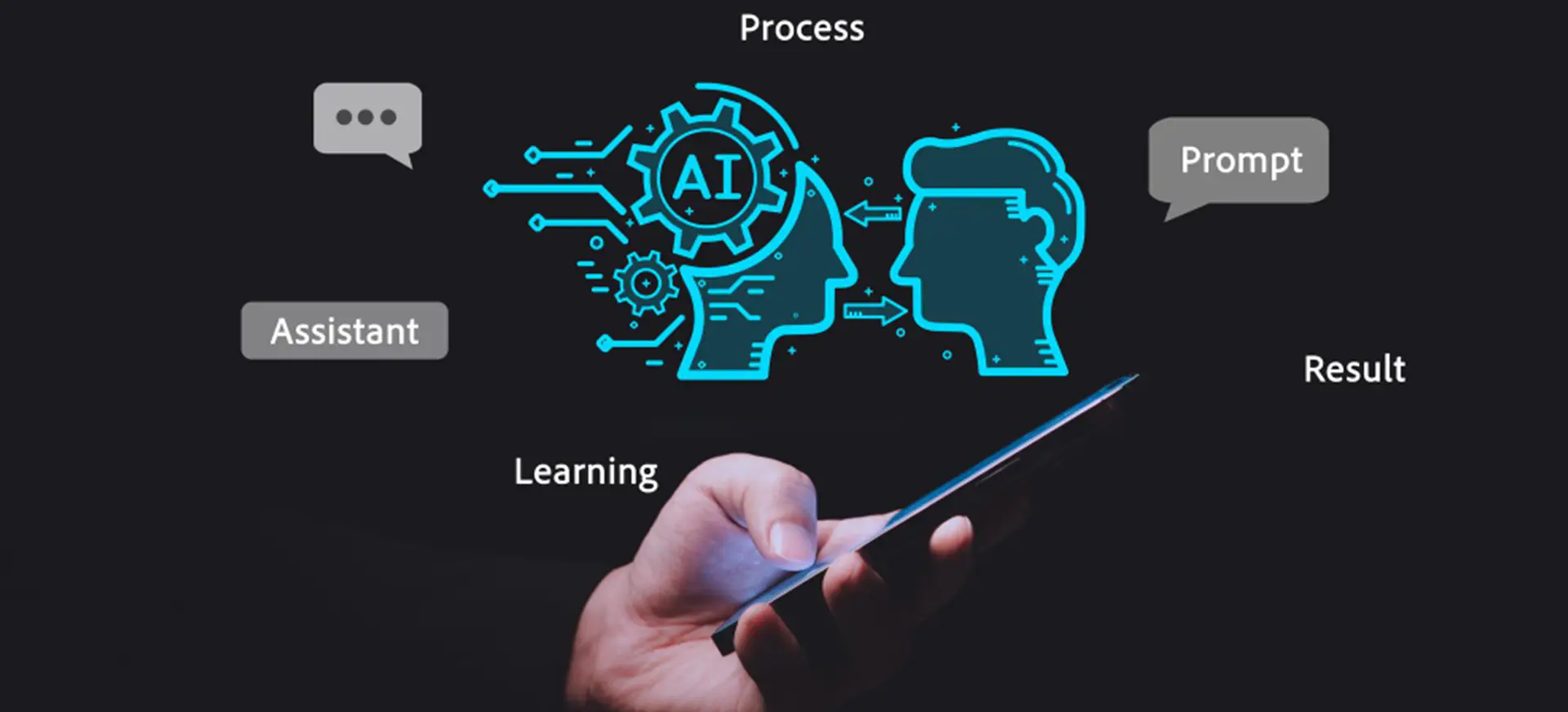In today’s digital era, the ability to understand and interpret human language is becoming increasingly important. Natural Language Processing (NLP) is a field of artificial intelligence that focuses on enabling computers to understand, analyze, and generate human language, in its natural form.
The concept of NLP revolves around developing algorithms and models that can decipher the complexity of human language and utilize that knowledge to perform various tasks. These tasks include sentiment analysis, language translation, text summarization, voice recognition, and much more. By leveraging NLP, machines are able to comprehend and respond to human language, effectively bridging the gap between humans and computers.
One of the key elements of NLP lies in its ability to process unstructured data. Unlike structured data, such as numbers and tables, unstructured data refers to the vast amount of text, audio, and video content available on the internet. With NLP, machines can analyze this wealth of information, identify patterns, and extract meaningful insights, which can be invaluable for businesses and researchers alike.
NLP utilizes a range of techniques and methodologies to decode the language of machines. Let’s explore some of the fundamental components of NLP:
1. Tokenization: Tokenization is the process of breaking down a text into individual words or tokens. This step is crucial as it forms the basis for further analysis and understanding of the text.
2. Morphological Analysis: This step involves analyzing the structure and forms of words. It encompasses tasks such as stemming, which reduces words to their root form, and lemmatization, which reduces words to their base or dictionary form.
3. Syntax and Semantic Analysis: Syntax analysis focuses on understanding the grammatical structure and arrangement of words in a sentence, while semantic analysis aims to understand the meaning and intent behind the words.
4. Named Entity Recognition (NER): NER refers to the task of identifying and classifying named entities, such as people, organizations, locations, and dates, within a text. This information can be extremely valuable for various applications, such as information retrieval and recommendation systems.
5. Sentiment Analysis: Sentiment analysis, also known as opinion mining, involves determining the sentiment, emotions, and subjective aspects expressed in a piece of text. This is particularly useful in understanding public opinion, customer feedback, and social media sentiment.
6. Machine Translation: NLP has greatly contributed to the development of machine translation systems, allowing computers to translate text from one language to another. These systems utilize sophisticated algorithms to bridge the language barrier and enable effective communication on a global scale.
With the increasing availability of big data and advancements in deep learning techniques, NLP has witnessed significant progress in recent years. However, challenges remain, including the ambiguity and complexity associated with human language. Contextual understanding, sarcasm, and cultural nuances are just a few of the hurdles that NLP researchers and developers are working to overcome.
In summary, Natural Language Processing is an evolving field that seeks to unlock the power of human language and enable machines to understand, analyze, and generate textual information. From sentiment analysis to machine translation, NLP has the potential to revolutionize numerous industries, bringing us closer to truly intelligent machines capable of interacting seamlessly with humans. As technology continues to advance, the language of machines will become more refined, opening up a world of possibilities for the future.




